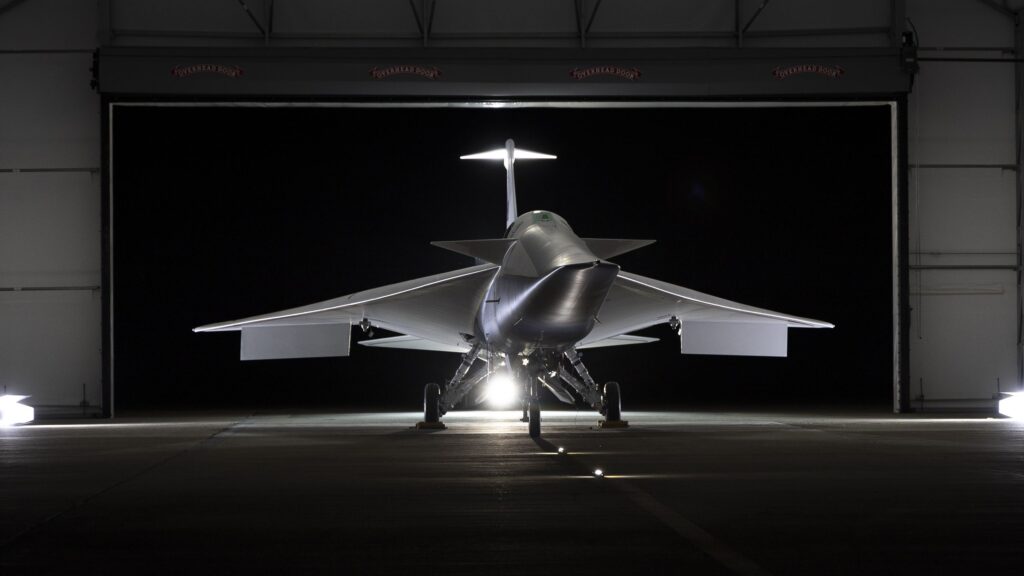NASA and Lockheed Martin’s experimental aircraft, the X-59, takes to the skies for the first time, making history as the first supersonic aircraft designed to emit a soft thud rather than a thunderous sonic boom.
The X-59’s flight marks a major step toward commercial supersonic travel, which has been banned in the United States since 1973.
The test flight, scheduled to last about an hour, took off from Lockheed Martin’s Skunk Works facility in Palmdale, California, and landed at NASA Armstrong Flight Research Center in Edwards, California, on October 28. The plane reached a top speed of about 240 miles per hour (386 kilometers per hour) and flew at about 12,000 feet (3,658 meters) above the ground. The test, which focused on checking critical systems, did not reach supersonic speeds.
you may like
According to Lockheed Martin’s specifications, the X-59 has a top speed of Mach 1.4, or 925 miles per hour (1,489 km/h), nearly twice as fast as a Boeing 747. It is designed to fly at an altitude of 55,000 feet (16,764 meters). The plane has a wingspan of 30 feet (9.1 m), a height of 14 feet (4.3 m), and a length of a whopping 100 feet (30.5 m), much like a swordfish.
When viewed from the side, the surprisingly long nose appears tapered, but it is actually chisel-shaped. The shape of the nose is designed to change the shape of the shock waves generated by supersonic flight, making the aircraft much quieter than supersonic jets currently in use. They emit loud sonic booms and are prohibited from flying over populated areas in the United States.
Sonic booms, like lightning, are caused by shock waves from rapidly compressed air. When an aircraft flies, it pushes against the air in front of it, creating pressure waves. When an aircraft reaches supersonic speed, the pressure waves are fast enough to get out of the way and combine into a single large shock wave, creating a sonic boom.
A controversial six-month experiment over Oklahoma City in 1964 showed that a sonic boom from a supersonic aircraft flying too close to the ground could shatter windows, cause minor damage to buildings and startle people. At the end of the study, more than one in four of those surveyed said they were unable to learn how to coexist with sonic booms.
To reduce the impact of the boom, the X-59’s design splits the normal shock wave into multiple smaller shock waves, creating a “thud” sound about the same volume as a car door closing.
The shock waves that cause sonic booms can be seen with Schlieren imaging, a specialized type of photography invented in 1864 by German physicist August Tepler. It depends on how the light passing through it is distorted by changes in air pressure. Imaging the shock waves helps understand whether the aerodynamics of the aircraft match those modeled using computers or small model airplanes in wind tunnels.
The X-59 is planned to fly at supersonic speeds on future test flights, and if all goes as planned, it will be used to test the public’s reaction to supersonic “impulse sounds,” paving the way for commercial supersonic flight to return to the United States, albeit this time much quieter.
Source link

